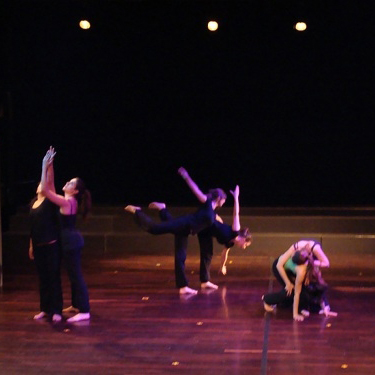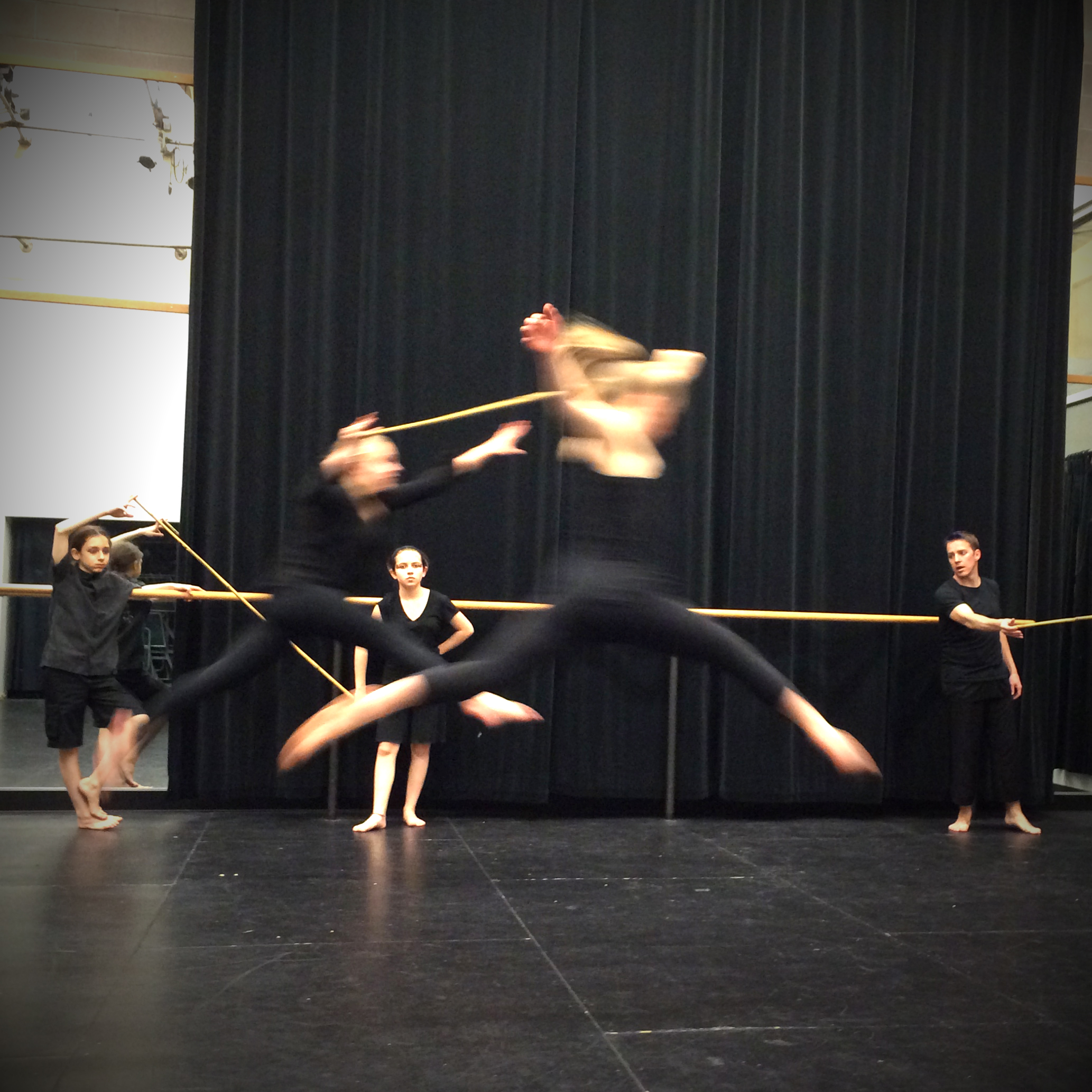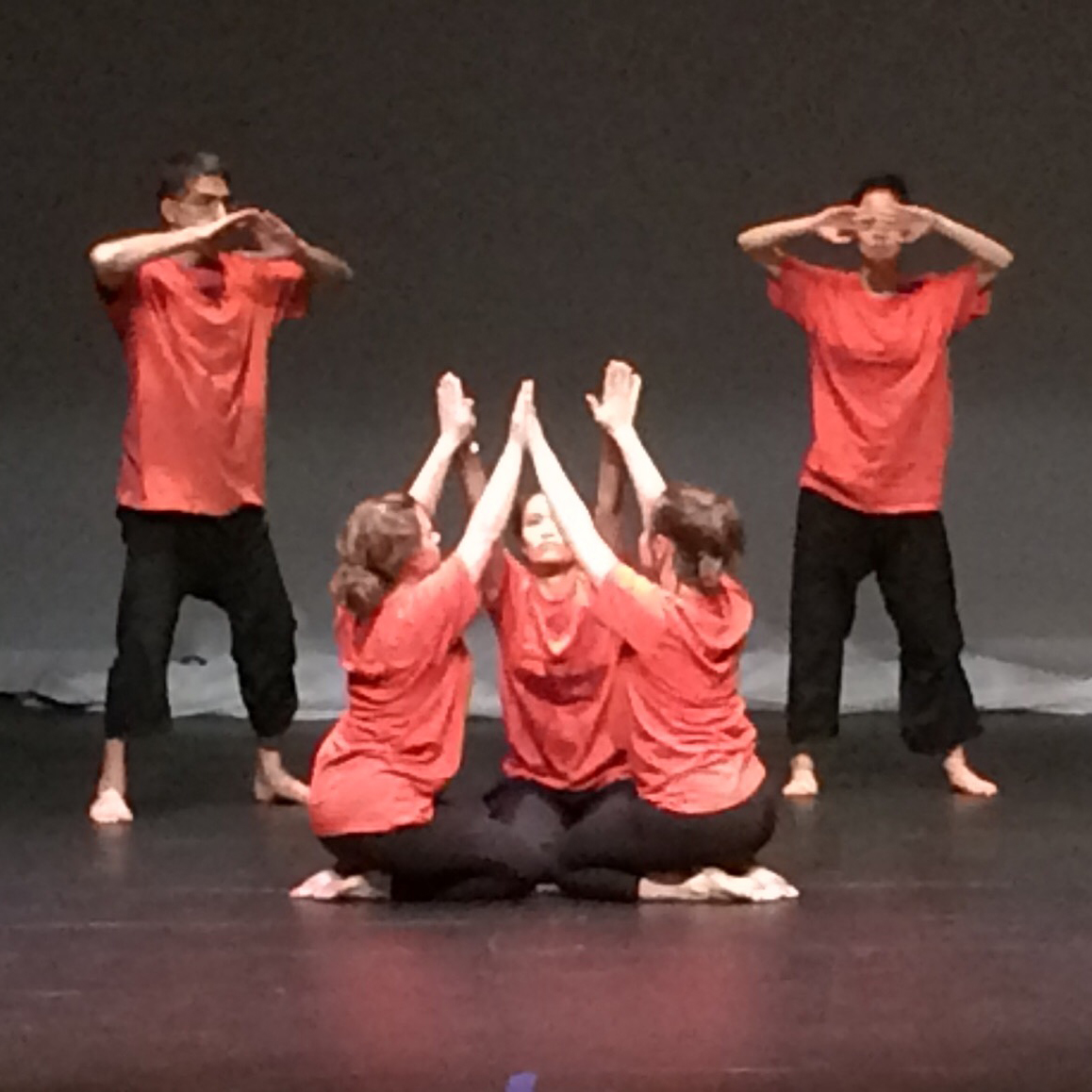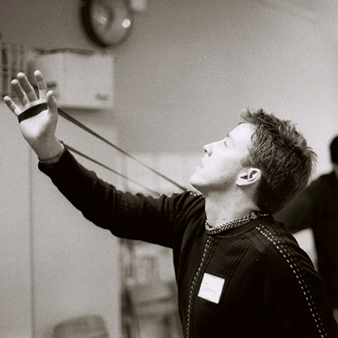Plastique Animée







What is Plastique Animée?
Plastique Animée is a visual analysis of a piece of music using the body as the vehicle. Literally, the French loosely translates into "supple, harmonious, living movement." Though not necessarily intended for public performance, Émile Jaques-Dalcroze, the creator of this performance art, offered many of the presentations to audiences throughout his career, and the practice continues at Dalcroze centers around the globe. Above all, Plastique Animée captures the joy of music and movement through cultivating and inspiring the movers' creative process!
What is the purpose of Plastique Animée?
The goal of Plastique Animée is to deepen the understanding of a piece of music through purposeful movement. In this way, any musical element can be demonstrated through movement, either literally, figuratively, or through counterpoint/contrast. Most Plastique Animée performances aim to focus on key elements within a piece of music rather than all of the musical elements possible. Performances of this kind would tend to appear as if the movers were "mimicking" the music, which is hardly desirable for anyone.
Is Plastique Animée Dance?
Plastique certainly resembles dance in that it is organized movement. Whereas Dance typically aims to stimulate/challenge audiences through movement by itself, Plastique Animée focuses on the movers themselves and aims to enrich the movers understanding of the music through purposeful movement. Other key elements of Plastique Animée include the use of improvisation and mover-input in deciding the overall shape of the piece; typically there is not a choreographer present, either.
Who performs Plastique Animée?
Beginners and Advanced Dalcrozians embrace Plastique Animée. Beginners might tend to use images or stories set to music as the gateway into Plastique Animée, while advanced performances often include entire pieces of music. Plastique can be minimal with interactive, live solo music, no stage lighting, and no costumes, or it can be full-scale productions with orchestral music, dramatic stage lighting, and elaborate costumes.
Plastique Animée Performances
Plastique Animée by Youth Students at the Dalcroze School of the Rockies.
2019 DSR Plastique Animée; Rhythmic-Solfège II students of Katie Couch
2019 DSR Plastique Animée; Rhythmic-Solfège II students of Jeremy Dittus
2019 DSR Plastique Animée; Rhythmic-Solfège III students of Katie Couch
2019 DSR Plastique Animée; Rhythmic-Solfège III students of Jeremy Dittus
2019 DSR Plastique Animée; Rhythmic-Solfège IV students of Katie Couch
2019 DSR Plastique Animée; Rhythmic-Solfège IV students of Jeremy Dittus
2019 DSR Plastique Animée; Rhythmic-Solfège V students of Jeremy Dittus
2019 DSR Plastique Animée; Advanced Placement II students of Jeremy Dittus
2015 DSR Plastique Animée; Advanced Placement I Students of Jeremy Dittus
Plastique Animée by Professional Studies Students at the Dalcroze School of the Rockies.
2023 DSMDA Plastique Animée; License Candidate Groups mentored by Dawn Pratson
2022 DSRDA Plastique Animée; License Candidate Solo: Mira Larson
2022 DSRDA Plastique Animée; License Candidate Groups mentored by Dawn Pratson
2022 DSRDA Plastique Animée; Students of Dawn Pratson
2022 DSRDA Plastique Animée; Students of Michael Joviala
2021 DSRDA Plastique Animée; License Candidate Groups mentored by Dawn Pratson
2021 DSRDA Plastique Animée; License Candidate Solo: Fumi Nakayama
2019 DSRDA Plastique Animée; License Candidate Groups and Solos mentored by Jeremy Dittus
2019 DSR Plastique Animée: Emma Shubin and Weronika Balewski
2018 DSRDA Plastique Animée; Students of Laetitia Disseix-Berger
2018 DSRDA Plastique Animée; Students of Lauren Hodgson and Mimi Hsu
2018 DSRDA Plastique Animée; License Candidate Group: Guy Mendilow
2018 DSRDA Plastique Animée; License Candidate Solo: Xing Jin
2018 DSRDA Plastique Animée; License Candidate Group: Rosa Kim
2018 DSRDA Plastique Animée; Certificate Candidate Solo: Catherine Williams
2017 DSRDA Plastique Animée; Students of Laetitia Disseix-Berger and Katie Couch
2014 DSRDA Plastique Animée Checkpoint A; Students of Monica Dale
2014 DSRDA Plastique Animée Checkpoint B; Students of Eiko Ishizuka
2014 DSRDA Plastique Animée Checkpoint C; Student-led Performance
“The acquisition of all the plastic, dynamic, and agogic qualities indispensable to rhythmist or dancer, actor, or mime, will make him only an adapter, a transposer, an automaton, unless these technical qualities are controlled by wealth of fancy, a supple, elastic temperament, a generous spontaneity of feeling, and an artistic, responsive nature. All Plastique education, therefore, should aim especially at the arousing of natural instincts, spontaneity, individual conceptions. The final culmination of studies in moving plastic is certainly the direct expression of aesthetic feelings and emotions without the aid of music or even speech.”
